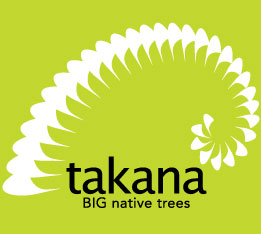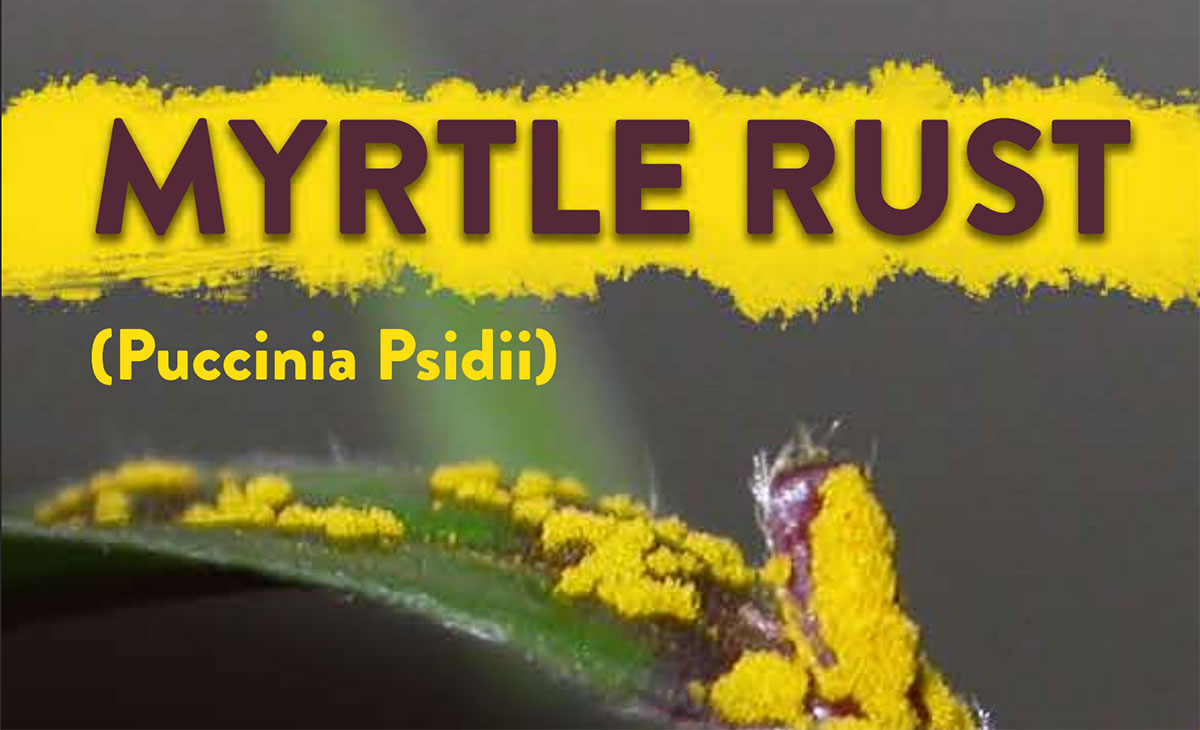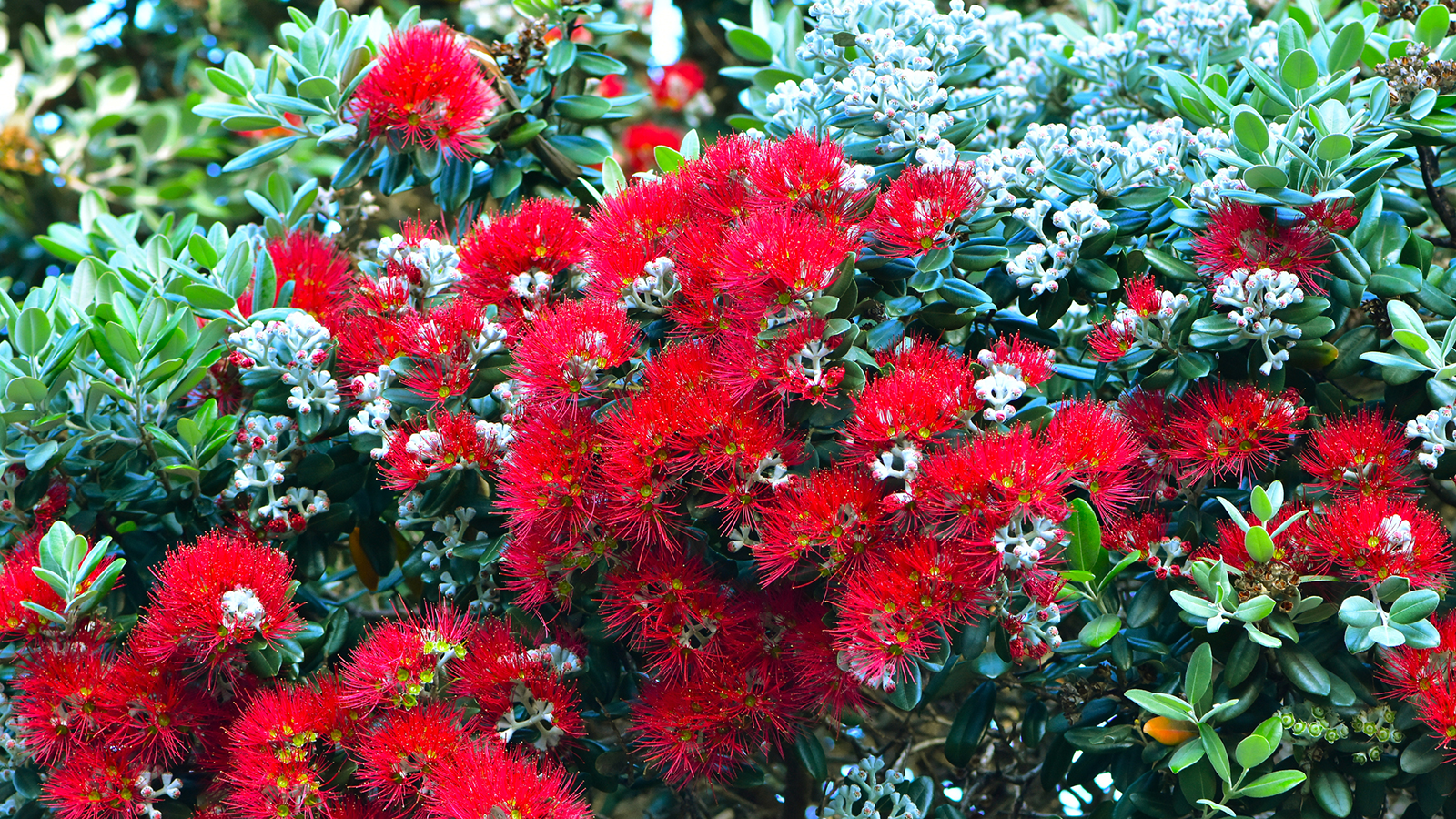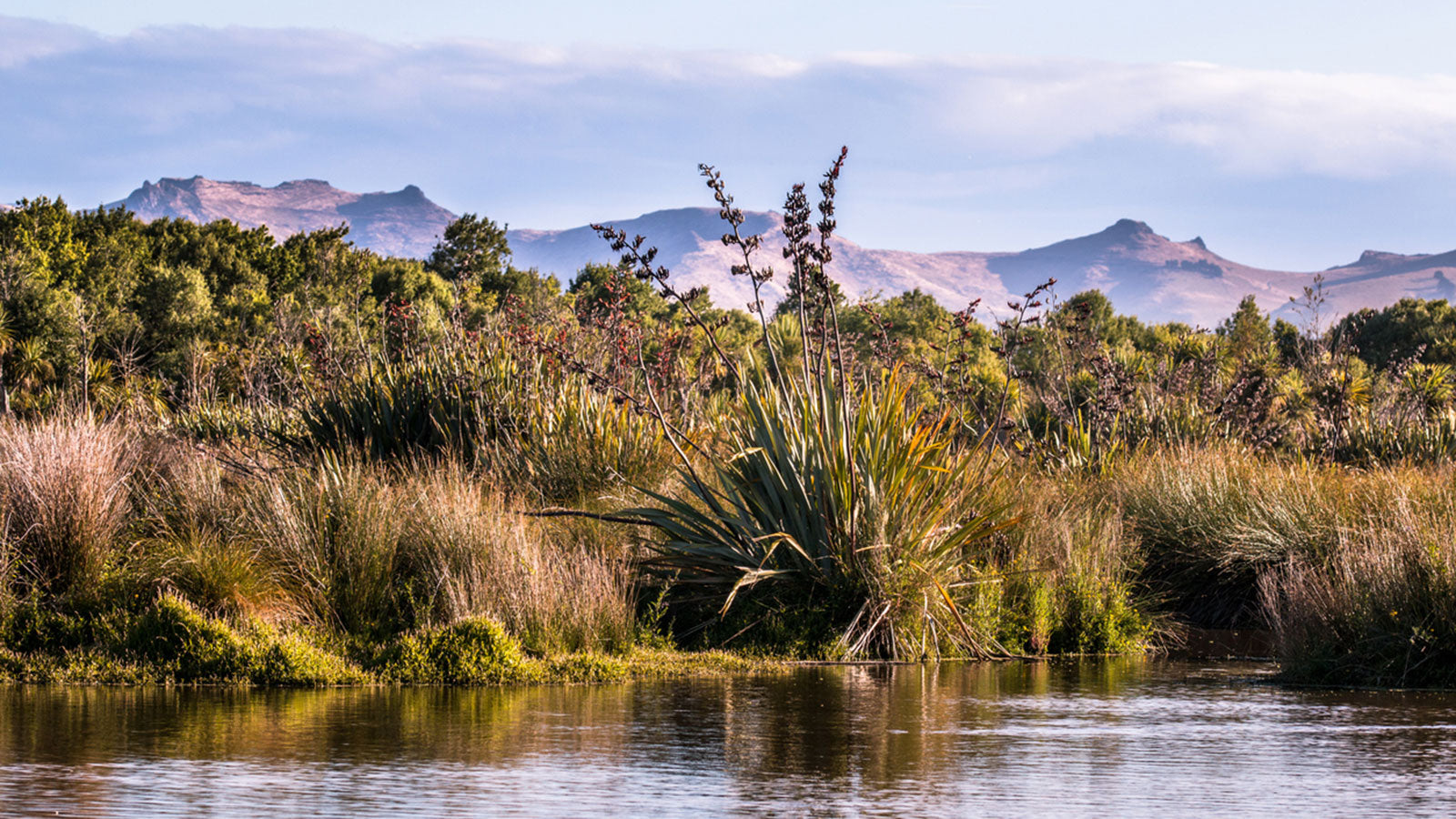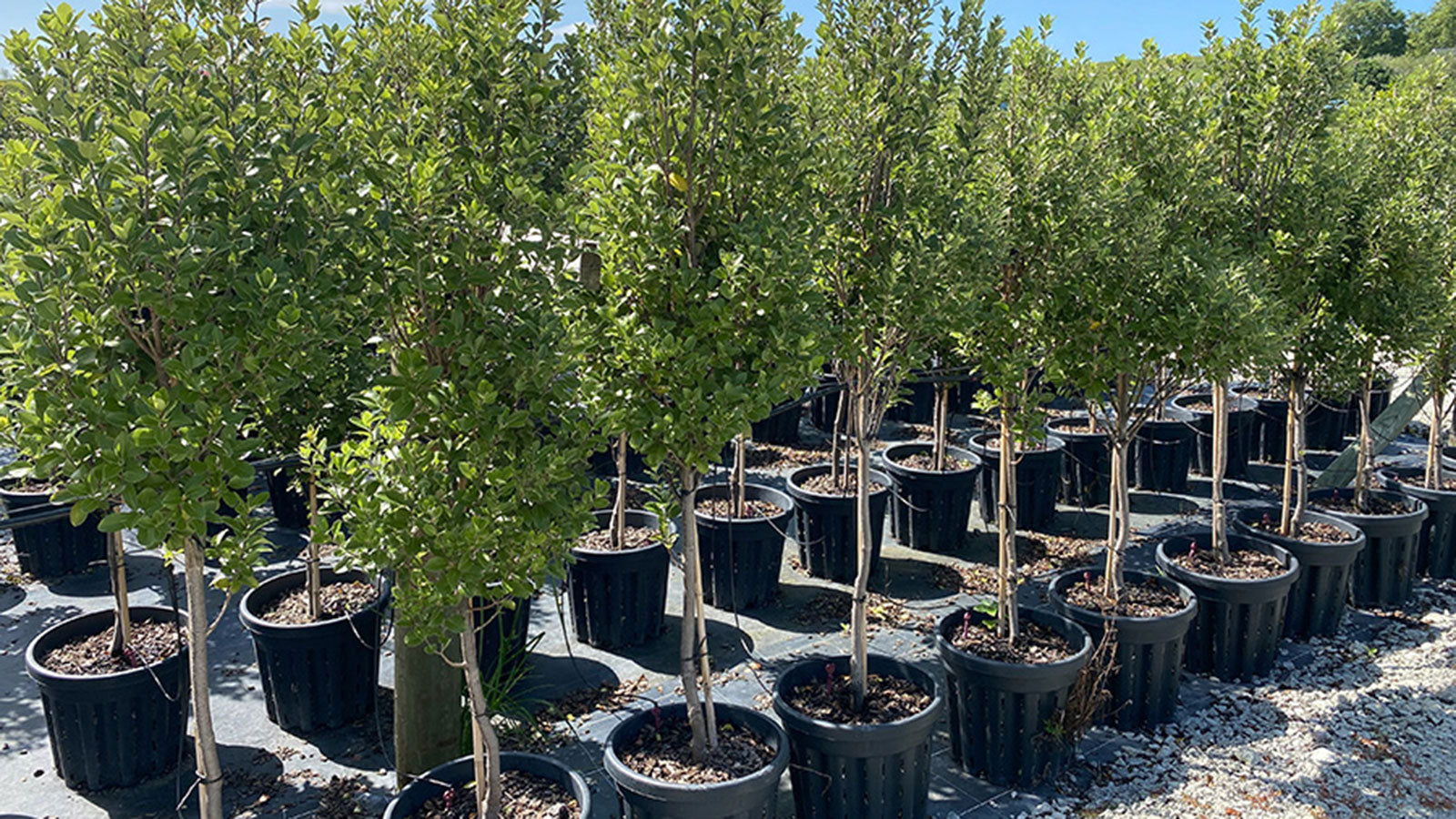Golf Clubs have a wide range of NZ’s great native trees available today for their choices when considering mature tree replacements, or new trees to be planted.
If Alex Glasgow’s excellent advice to Clubs that they should adopt their own Golf Course Landscape Plan (Sustainable Golf Course Design, Nov 2008, & Long Term Golf Course Development, May 2010) is to be followed, club committees will now have plans approved by their clubs in place. Such plans will probably have some reference to the retention of locally endemic natives (“eco-sourcing”), and the gradual replacement of exotic species by appropriate natives.
7 advantages of planting (or retaining) New Zealand natives on your golf course:
- There are natives for every NZ situation—they covered the bulk of NZ prior to civilisation—so we know they do well
- Natives last for hundreds of years. The oldest Kauri are said to be the arth’s oldest living objects. Your committee are unlikely to face huge costs of removal of dead or diseased or dangerous trees, which many exotic species are now presenting
- The right native in place is happy and will steadily thrive in all sorts of weather conditions
- Natives are evergreen—no more autumns full of leaf removals, stained fairways, and balls lost in the debris
- Natives have an amazing diversity of colour, texture, growth, flowers, and native bird attracting seeds & fruit
- Properly grown natives are strong in their frames, with minimal chance of danger from branch breakages in storms
- Great golf courses have a well known role as parks for beautiful horticulture and arboriculture, and our NZ unique natives fit in to this. The restoration of natives to the course area, perhaps after a century or more, assists in our ecology balance, including the encouragement of native fauna.
For courses from Taupo north, there are some 50 species in the range for choices of natives. For clubs south of Taupo, the range reduces, but there are still dozens of trees to choose from. Native trees prefer to grow in glades or groves of the same species—for full manifestation of the foliage textures, for cross pollenation where male and female trees are both required for fruit, and for complex symbiotic relationships sometimes involving mycorrhizal activity.
This page lists various types of natives now available at big tree stage. They tend to be found commercially only in Northern nurseries, but bagged trees transport readily nationwide.
